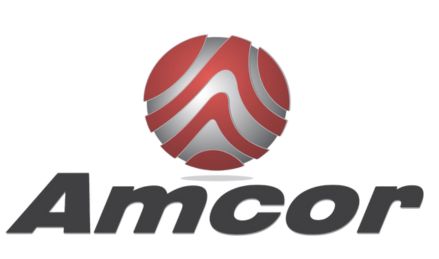Nearly all plastics are comprised of a base polymer and additives. Additives are chemicals added to the base polymer to modify the properties of the final product such as improving strength or durability, or prolonging the product life span. There are various types of polymer additives available and each provides one or more specific characteristics; examples include plasticizers, stabilizers, processing aids, flame retardants, anti-static, blowing agents, fillers, and others.
As expected, the future of polymer additives is coupled to the demand for plastics. Below are some expected trends for polymer additives.
Continued Growth
The future of polymer additives looks promising as the demand for plastics (and therefore additives) is expected to continue to grow. There are several factors that are driving this growth – one of the biggest factors is the low cost of plastics compared to metal. Plastics have become even more attractive in recent years due to the rising cost of raw materials for some metals, triggering the further use of plastic to replace metal parts or equipment. Additionally, plastics continue to branch out into more diverse markets, and usage continues to expand especially within the packaging, agriculture, and medical industries. Lastly, the demand for additives is also driven by stricter safety standards, resulting in higher demand for plastics with flame retardant and resistant properties. All of these factors drive up consumption of polymer additives in the future.
Industries
While all sectors are expected to experience growth, there will likely be ample opportunities for additive growth within the construction, packaging, consumer goods, and automotive industries. Within the plastic additive market, the construction sector has historically been the largest consumer and this trend is expected to continue due to demand for applications such as pipes, cabling, flooring, etc. In the near-term, the packaging sector is expected to observe the most growth due to increased demand for food and beverage and consumer goods. The automotive industry is also expected to observe growth in additive usage due to plastic’s lighter weight and cost-competitiveness compared to metal alternatives.
Types and Regions
Regarding the types of additives, plasticizers are expected to continue to dominate the additive market and are anticipated to remain the largest additive type due to expected growth for PVC applications. As previously noted, the demand for additives with flame retardant properties are expected to rise due to more stringent safety protocols and standards as well as growth in the electronics and construction sectors.
While all regions are expected to experience growth, the Asia Pacific region will likely continue as the largest market share by volume for additives. This is largely due to the demand for plastics across the automotive and construction sectors in the region, especially China and India.
Safety and Sustainability
Many companies are focusing R&D efforts on new, innovative polymer additives that address some of the challenges of the plastics industry. Safety and sustainability are expected to be big factors in the future of polymer additives and below are a few examples.
- A relatively new type of additive called “biodegradables” is gaining traction. These are additives that expedite the degradation process by allowing microorganisms to consume portions of the plastic.
- Toxicity is a concern for some polymer additives. To address this issue, bio-based additives such as plasticizers have been developed that provide manufacturers with less or non-toxic additive options that minimize the impact to the environment.
- Just like there are smart devices, there are R&D efforts focused on developing smart packaging in order to improve food and beverage safety. Plastic packaging is being developed that will use color changing additives to detect the freshness of a product as well as oxygen scavenging additives to better preserve the product.
- Lastly, companies, such as Amcor, are creating Sustainability Initiatives. The purpose of these programs is to recognize the importance of natural resources and reduce the ecological footprint on the environment. This can be achieved via several means such as conserving raw materials and helping customers produce reusable products.
Amcor
Amcor is a manufacturer of polyethylene film and bags, as well as polyolefin compounds, additives, blends, and masterbatches. Amcor has grown from a single product line to hundreds of products and five product divisions. In addition to selling products, we also provide tech support, assistance with your equipment, and process recommendations.
Amcor is also a full line distributor of various chemicals, resins, and gases for the plastic industry. With warehousing and distribution facilities across the United States, Mexico, Eastern Europe and China, we service companies of all sizes and locations across multiple industries.
Amcor realizes that quick turnaround, on time delivery, a quality product, and personal service are what it is all about. Contact us today to learn how we can assist with your next project!
